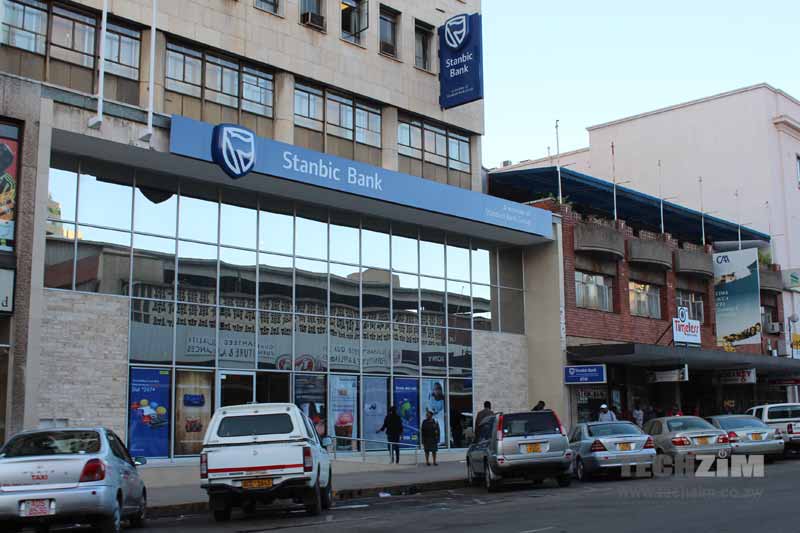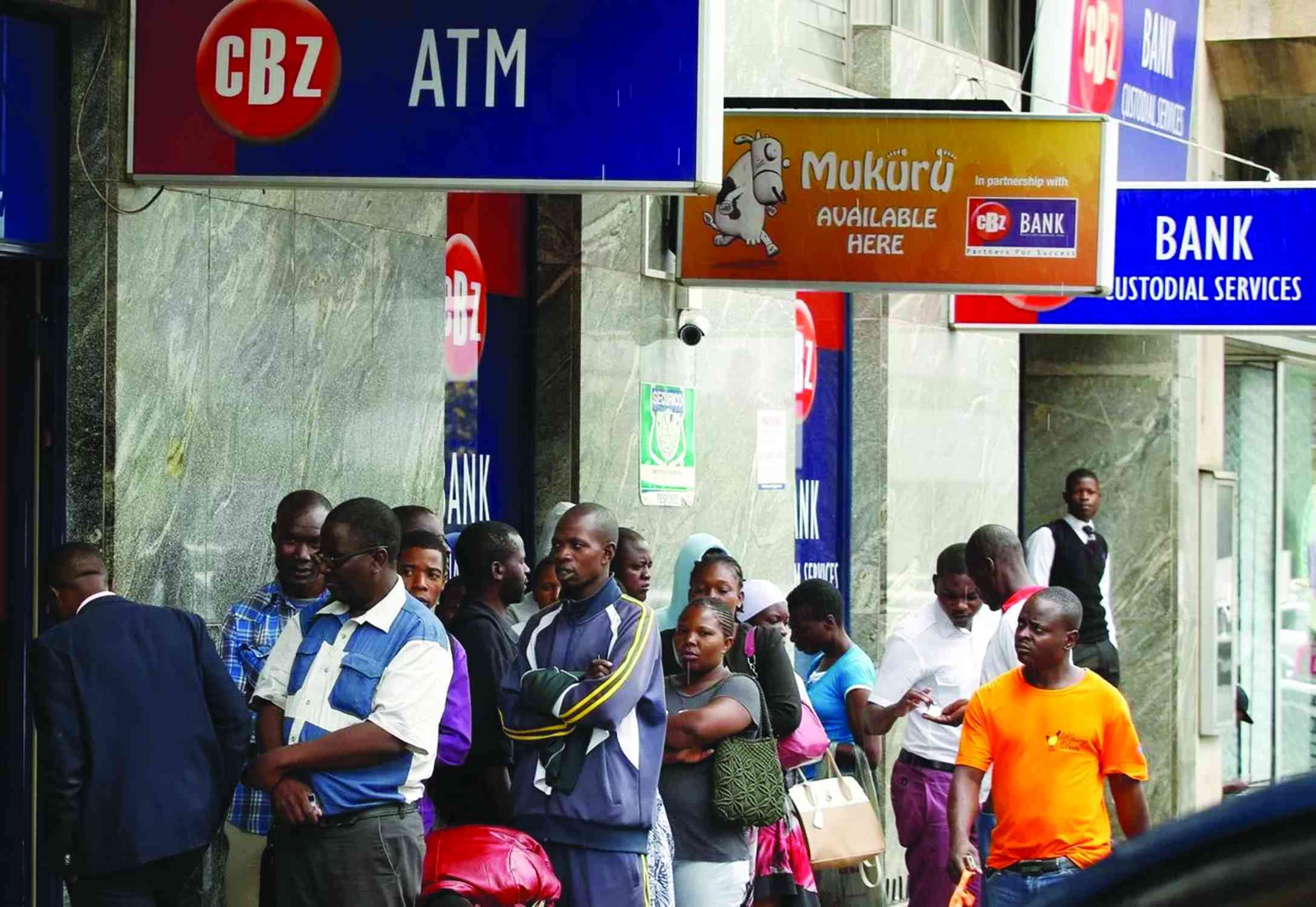
MELODY CHIKONO ZIMBABWEAN banks have remained resilient despite economic headwinds battering the country with most putting in place strategy buffers.
The year-on-year inflation, which had slowed to 50,2% in August 2021, had shot up to 60,7% by December 2021, indicating a resurgence of inflationary pressures threatening value and capital reservation in the outlook.
On the other hand, monetary authorities continued to grapple with over supply liquidity in the market and they have since June last year resorted to the issuance of 0% coupon non-negotiable certificates of deposits in order to stem excess liquidity in the market. This imposed the daily tactical management of out-bound settlements and slowed down the rate of asset creation for some banks.
However, profitability in the banking sector improved in 2021, recording a 69,63% jump compared to prior year buoyed by interest income, while asset quality improved at a time non-performing loans total ratio stood at 0,94% against a 5% benchmark.
A look at banks financials during the period shows an upward trend in terms of profitability in real terms despite continued disparities between the formal and the informal exchange rates.
Stanbic Bank achieved an inflation adjusted profit for the year of ZW$5,2 billion (US$35,7 million) for the year ended December 31, 2021, exceeding prior year profit of ZW$1,8 billion (US$12,4 million).
Under the historical cost accounts, profit for the year of ZW$7,4 billion (US$51 million) was recorded in 2020, outpacing the prior year profit of ZW$3,2 billion (US$22 million). The bank ended the year with a qualifying core capital of ZW$11,3 billion, which equates to US$103,7 million, against the regulatory minimum of the local currency equivalent of US$30 million.
Stanbic said it continued to ensure that strategies were in place to mitigate the possible negative effects of an uncertain outlook brought about by economic shocks like the Covid-19 pandemic.
- Chamisa under fire over US$120K donation
- Mavhunga puts DeMbare into Chibuku quarterfinals
- Pension funds bet on Cabora Bassa oilfields
- Councils defy govt fire tender directive
Keep Reading
First Capital Bank will be exercising caution in its balance sheet expansion to ensure that a sufficient buffer is maintained on its capital and liquidity position in order to accommodate stress factors.

Quality of assets is expected to be a focal point while opportunities will be taken to participate in the stimulation of activity in growth sectors of the economy.
The bank performance was solid during the period despite the persisting microeconomic fragility, with an increase in inflation adjusted profit of 342% realised during the period.
Net interest income increased by 96% on the back of a 235% growth earnings in assets with net commissions and fees closing the year 33% up, representing the increased customer transactions as well as moderate fee adjustments.
For Cabs, the outlook based on the strategy in place is positive.

The bank’s digitisation strategy coupled with customer centered plans are expected to grow the business and counter the Covid-19 pandemic that remains a potential threat to its growth strategy.
Cabs achieved surplus amounting to ZW$5,88 billion (US$41 million), an improvement from ZW$2,56 billion (US$18 million) in 2020 driven by growth in both interest and non-interest income that suppressed the 57% growth operating expenses.
The global economy continues to recover despite the Covid-19 pandemic and is expected to grow 4,9% in 2022.











